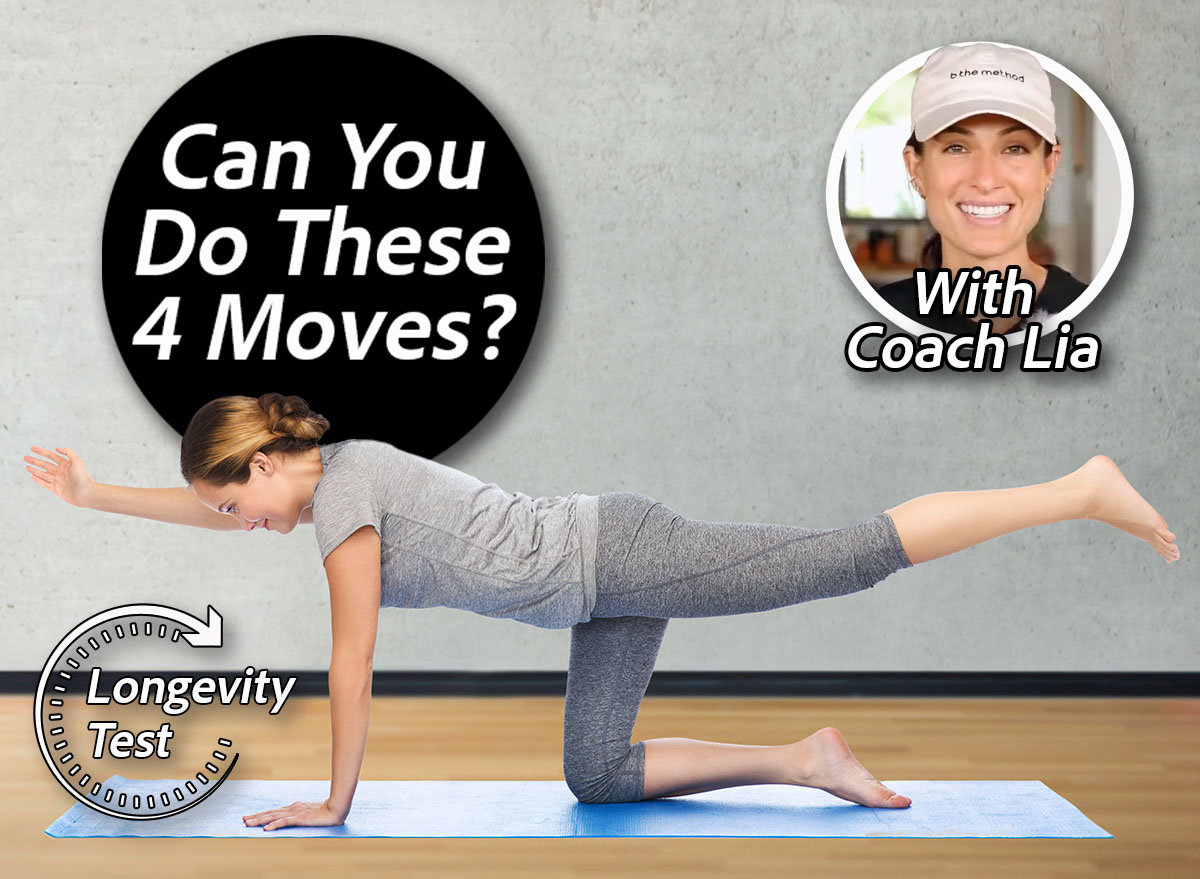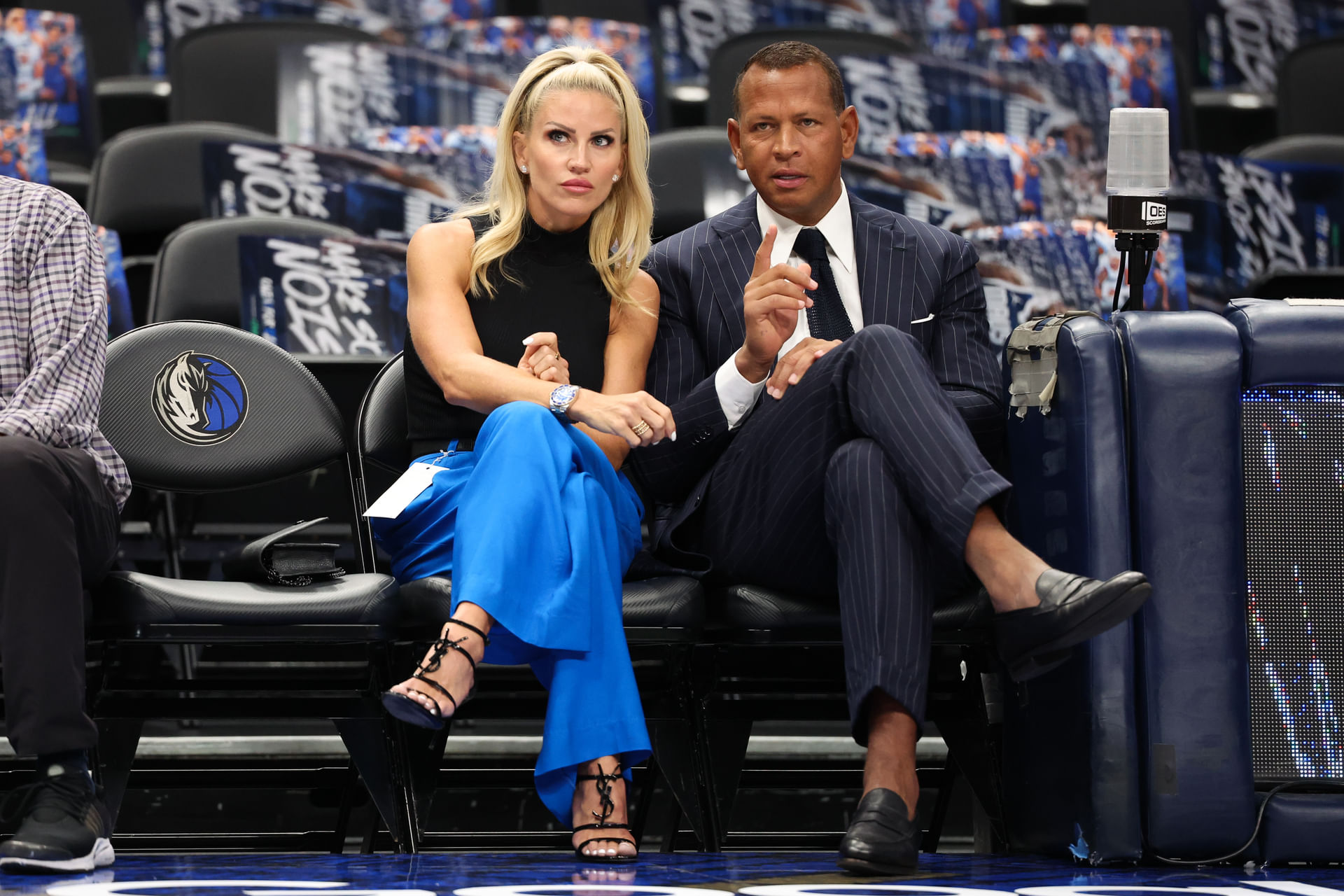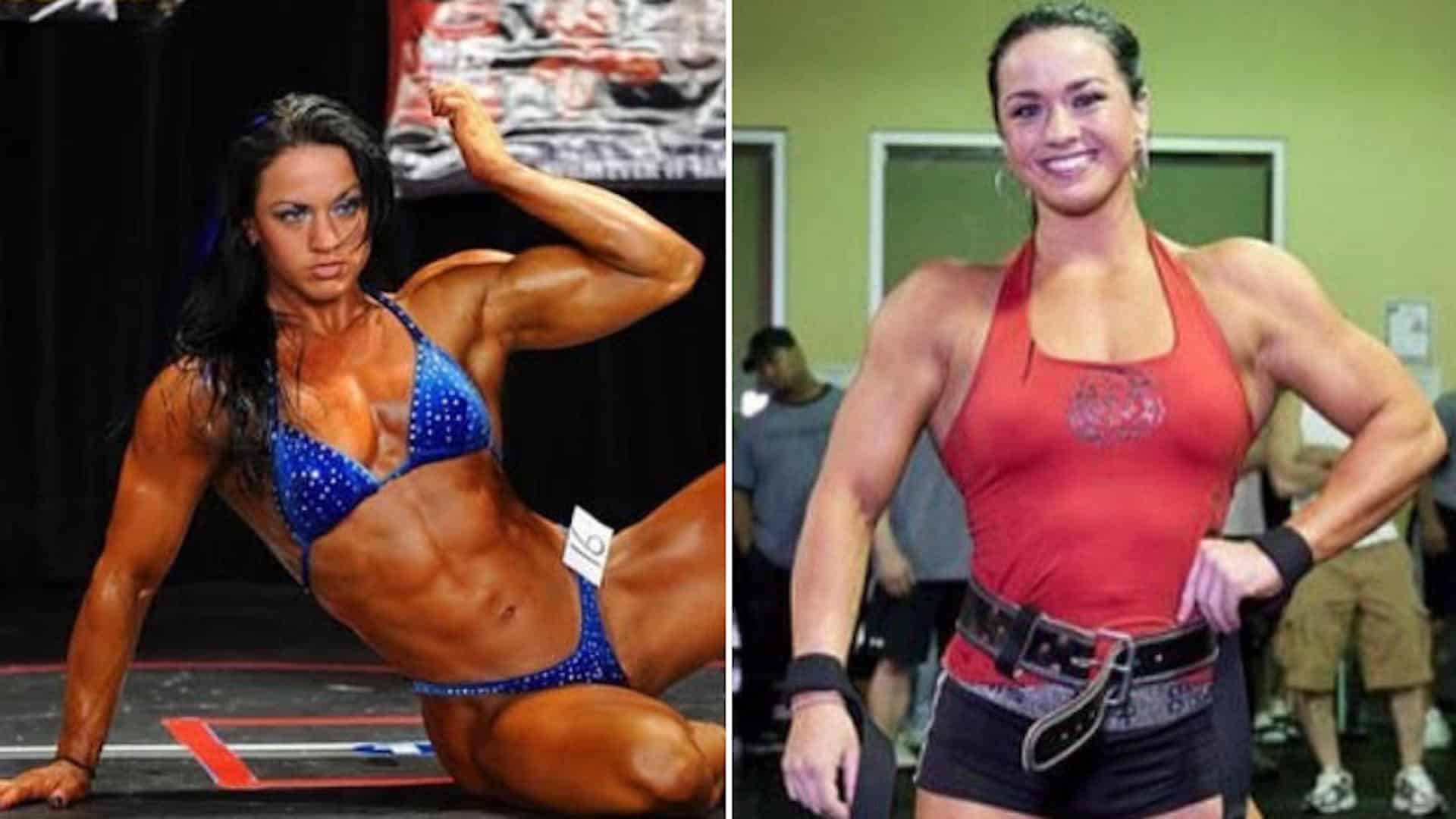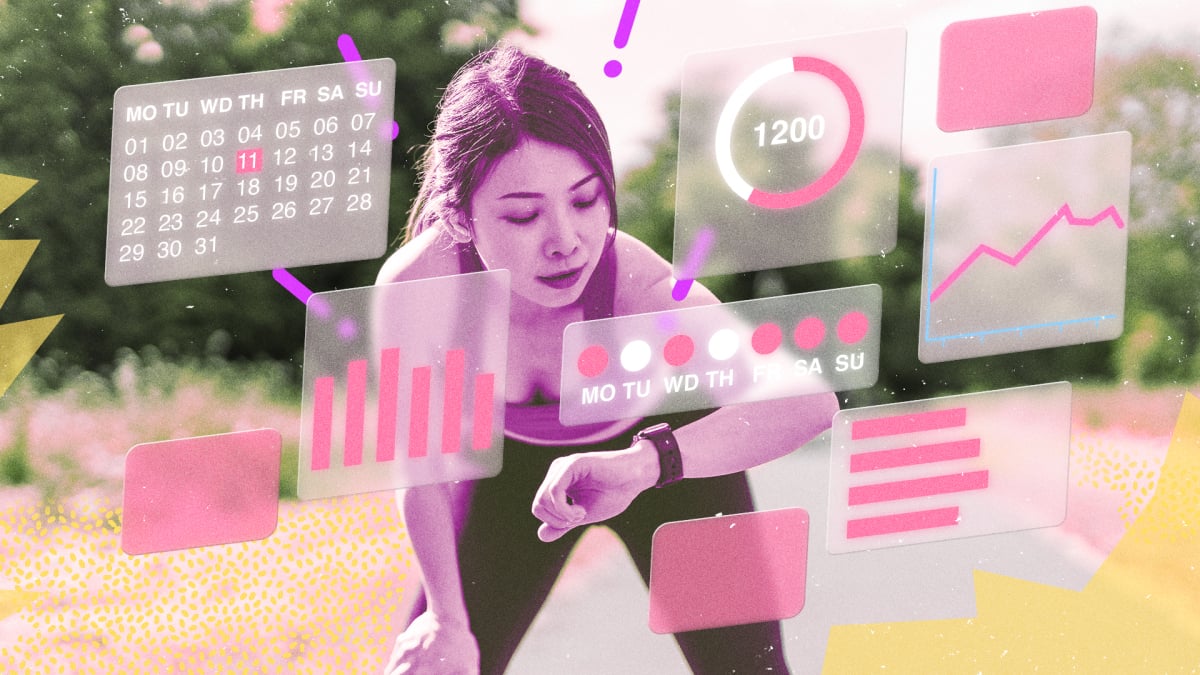Working out isn’t just about looking good. Sure, toned muscles are a major plus when you’re wearing sleeveless tops or summer dresses—but your fitness routine should extend beyond aesthetics and prep your body for the long haul. That’s where functional strength comes into play. It’s essential for daily movement—especially as you age. We spoke with a fitness expert who says that if you can ace these four functional moves, your body is built to last.
What exactly is “functional” movement? Well, it mimics real-life actions, boosts core stability and balance, and features compound exercises that fire up more than one muscle group at the same time.
“Functional strength is especially important as we age because it helps improve balance, stability, posture, and how your body moves as a whole—to ensure independence, safety and quality of life,” explains Lia Bartha, founder of B The Method and certified Pilates instructor. “By adding in functional movement to your routine, you’ll slow and counteract the effects of aging, like loss of muscle mass, joint mobility, balance, and coordination.”
Below, Lia shares four functional movements that activate your core and connect key muscle groups.
Glute Bridge
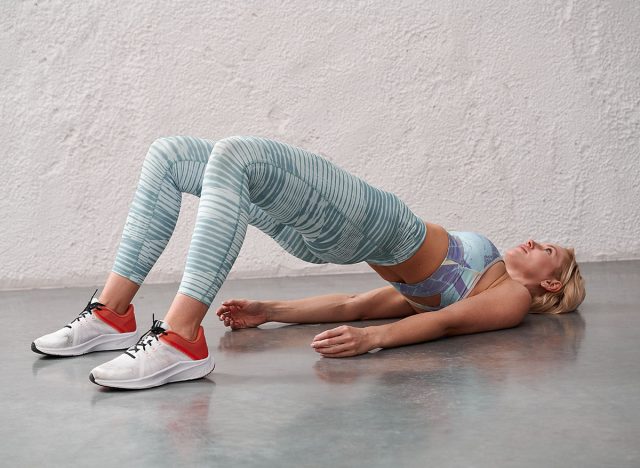

Lia says successfully performing the glute bridge “shows posterior chain strength, deep core strength, and spinal mobility and stability.”
- Lie flat on your back with bent knees and feet on the floor. Arms should be at your sides, palms facing down.
- Push through your feet to press your hips toward the ceiling.
- Once you reach the top of the bridge, activate your core, glutes, pelvic floor, and hamstrings.
- Use control to lower.
Bird Dog
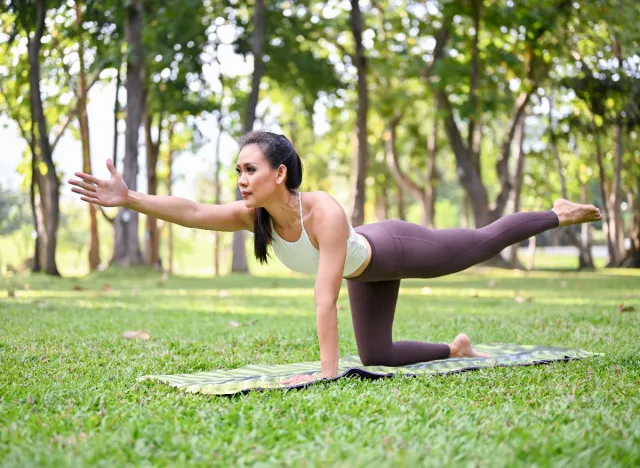

The bird dog signals coordination, core control, and spinal stability.
- Assume all fours with your hands under your shoulders.
- Extend your left arm and right leg.
- Hold for a moment before returning to all fours.
- Repeat on the other side.
Single-Leg Standing Balance
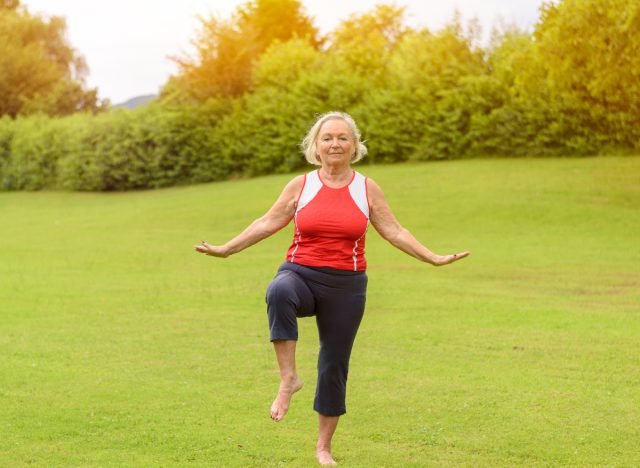

Being able to balance on one leg shows dynamic balance, proprioception, and solid ankle/hip stability.
- Balance on one foot, keeping your standing leg steady and core engaged.
- Extend the lifted leg in front of you, then to the side, and then behind you. The motion should be smooth and controlled.
- Repeat on the other side.
Chair Sits
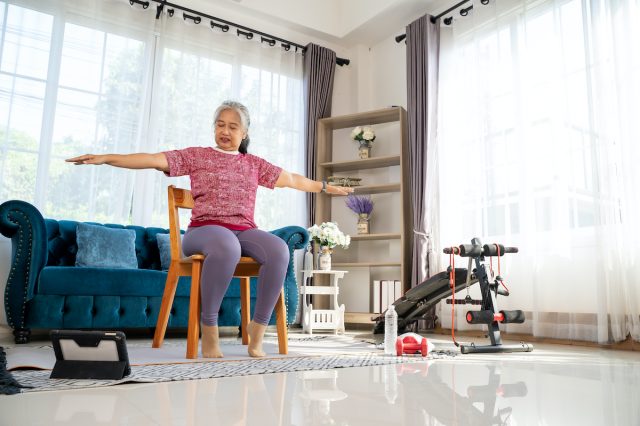

The chair sit “shows leg strength, balance, core control, and joint integrity of the hips, knees, and ankles,” Lia tells us.
- Sit tall in a chair with your arms crossed.
- Stand up without using your hands for support.
- Slowly sit back down.
- Make sure your knees remain aligned with your hips and feet.
Alexa Mellardo

